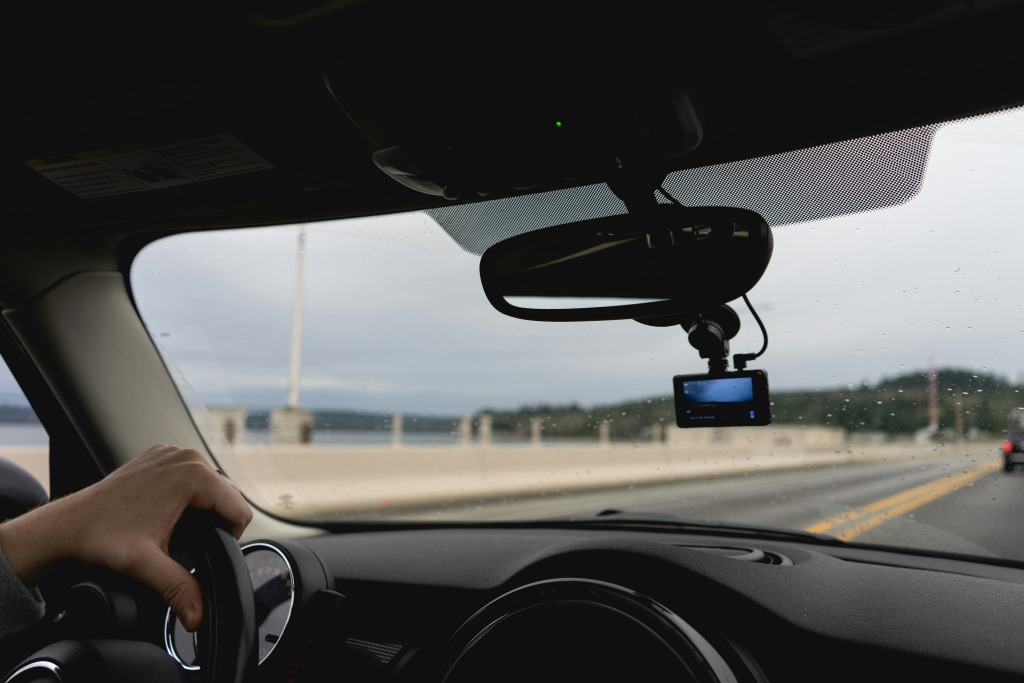
Are you planning on purchasing a dash cam soon?
If so, you’ll need to know how to go about it in order to ensure you choose the right one for your specific requirements…
Evaluate Different Dash Cams’ Features and Specifications
You wouldn’t choose insurance without comparing different providers and options (one of which should perhaps be its4women, because they have plenty of great extras and offers). Similarly, you don’t want to make the mistake of choosing a dash cam without comparing different products.
Start by checking key features like resolution, frame rate, field of view, and storage capacity. Look at add-ons such as GPS tracking or dual cameras for front and rear coverage. And pay attention to app integrations for smartphone connectivity.
Focus on side-by-side comparisons that highlight how each model aligns with your driving environment and preferences.
Consider Storage Options: SD Cards, Cloud, or Both
Storage is a crucial factor when selecting a dash cam.
Dash cams primarily save footage to SD cards, but some now offer cloud storage as an alternative or backup. Each option has its pros and cons.
SD cards provide offline access and are cost-effective. However, they need regular formatting to maintain performance.
Cloud storage automatically saves footage online for easy access anytime but may require subscription fees and constant internet connectivity.
Evaluate your budget and preferences to determine whether local storage, cloud-based systems, or both suit you best.
Examine Mounting Types for Optimal Placement
The way a dash cam mounts in your car directly affects its usability and footage quality.
Common mounting options include adhesive mounts, suction cups, or integrated rearview mirror designs.
Adhesive mounts offer strong stability but are semi-permanent and harder to reposition.
Suction cup mounts are flexible, allowing easy adjustment or transfer between vehicles but can lose grip over time.
Integrated mirror-mounted cams save space and provide a sleek look but may block functionality of your existing mirror.
Match the mounting type with your vehicle’s interior design and usage needs for the best experience.
Check Compatibility with Vehicle Models and Systems
Not all dash cams work seamlessly with every vehicle. Some advanced models rely on features like OBD-II ports or require integration with modern car systems, such as parking sensors or driver-assist technologies.
Ensure the dash cam is compatible with your vehicle’s make and model before buying.
For older cars, simple plug-and-play devices are often better suited. For newer vehicles, consider models that integrate well without interfering with factory-installed tech.
Verify the product specifications to avoid installation issues or unexpected technical limitations in your setup.
Compare Power Source Choices: Battery vs Hardwired
Lastly, dash cams need consistent power to function, and the type of power source you choose affects reliability.
Most models rely on either built-in rechargeable batteries or a hardwired connection to your car’s electrical system.
Battery-powered dash cams are portable and easy to install but can drain quickly in high-use situations.
Hardwired setups connect directly to the fuse box for continuous power (ideal for features like parking mode) but they require professional installation.
Decide based on how long you want recordings and whether ease of setup outweighs long-term reliability for your needs.





















